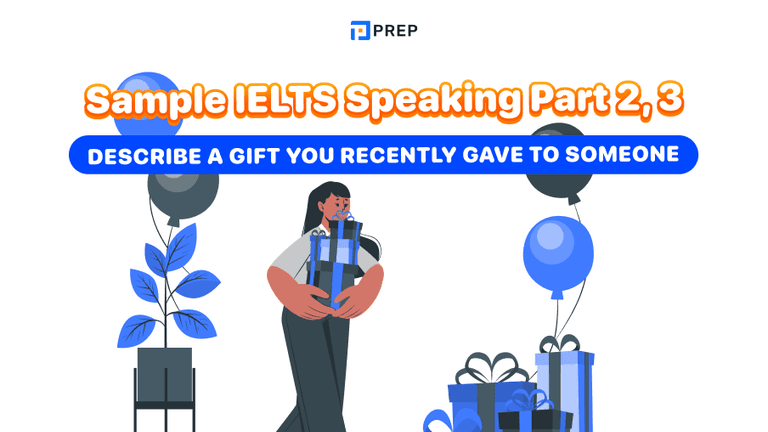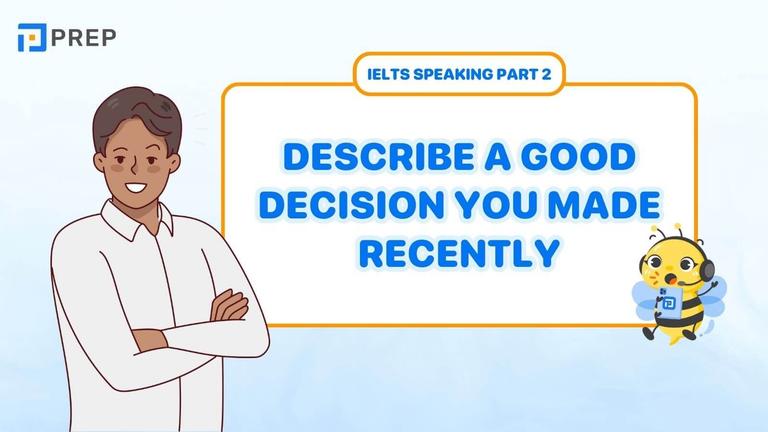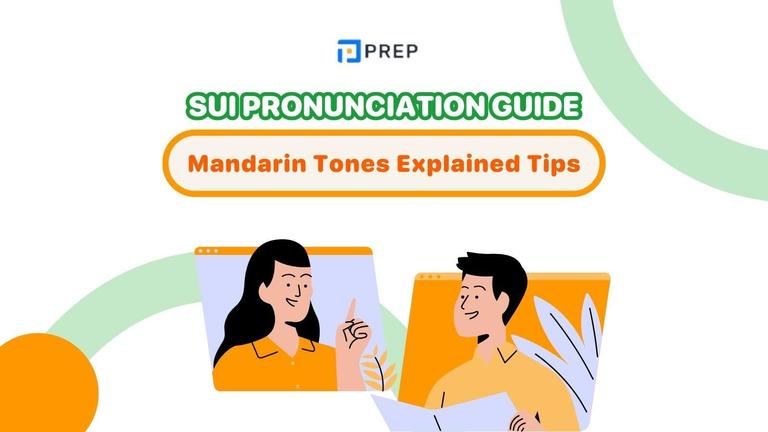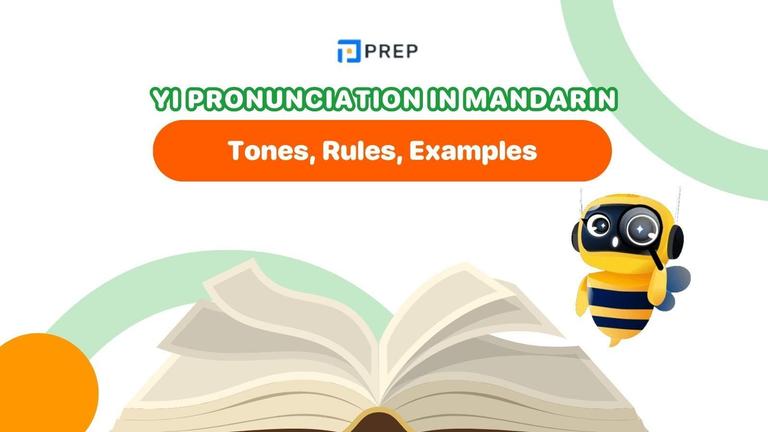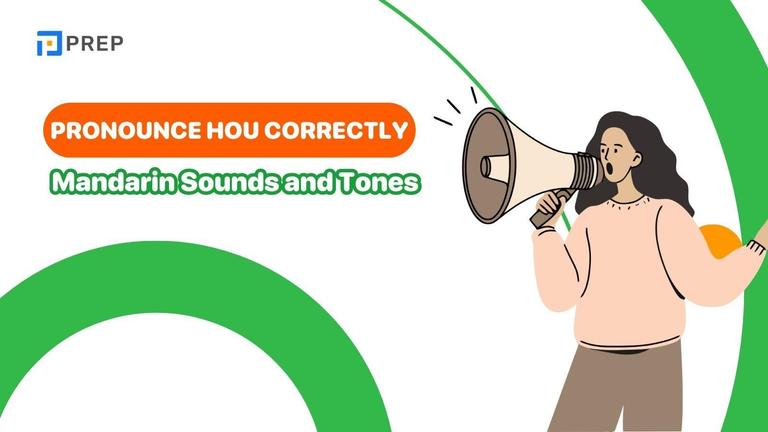4 strategies for transitioning ideas in IELTS Speaking to ensure fluency & coherence
Transitioning ideas smoothly is a key factor in achieving a high score in the IELTS Speaking test. Without clear connections, your answers may sound disorganized or hard to follow. This article introduces four simple yet powerful strategies for transitioning ideas in IELTS Speaking naturally, improve fluency, and boost coherence in your speaking responses.

I. What Makes a Transition Effective in Speaking?
In conversation, listeners rely on your voice, word choice, and structure to follow your message. Unlike reading, where someone can stop and re-read a sentence, speaking demands immediate understanding. That means every sentence should flow logically into the next, and your transitions must feel natural and listener-friendly.
Speaking differs fundamentally from writing in its temporal nature. When you write, readers can pause, reflect, and review your words. Speech, however, unfolds in real time. Your examiner processes your words as you speak them, making clarity and logical flow essential for comprehension.

Effective transitions in speaking include:
-
Overview statements that prepare the listener - These act as roadmaps, helping your examiner anticipate your response structure and follow your reasoning more easily.
-
Small summaries that help guide the conversation - Brief recaps create breathing space and reinforce key points while allowing you to organize upcoming thoughts.
-
Conjunctions and phrases that signal a change or continuation - These linguistic markers help listeners understand the relationships between your ideas, whether you're adding information, contrasting points, or explaining causes.
-
Pronouns and reference words that link back to earlier ideas - Strategic use of "this," "that," "these factors," and similar references creates cohesion throughout your response.
These tools not only improve clarity but also make your speech sound more fluent and confident. They demonstrate linguistic competence and show examiners that you can organize complex thoughts coherently—skills directly assessed in the IELTS Speaking criteria.
The four marking criteria for IELTS Speaking include Fluency and Coherence, which examines how well you connect ideas and maintain flow. Strong transitions directly impact this criterion, potentially raising your band score by demonstrating sophisticated language control and organizational skills.
II. Four Strategies for Transitioning Ideas in IELTS Speaking
Explore four specific strategies that help you guide your listener through your answers, maintain fluency, and achieve a higher level of coherence.
1. Start with an Overview Statement

Why it works: Beginning your answer with a clear overview gives your response a solid foundation. It tells the listener what to expect and shows that your ideas are organized. This technique mirrors effective presentation skills and demonstrates advanced planning abilities.
How to use it: State the number of points you'll discuss or provide a short summary of your opinion. Think of this as creating a verbal outline that guides both you and your examiner through your response.
Example Question: Is your hometown a good place to live?
Band 7 Sample Answer: "Absolutely. I'd say there are two main reasons why it's a great place to live."
Advanced variations:
-
"I have mixed feelings about this, but overall I'd highlight three key aspects..."
-
"That's an interesting question. There are several factors to consider, but I'll focus on the most significant ones..."
-
"From my perspective, this involves both advantages and disadvantages, so let me address each..."
Why it helps: This type of opening allows your listener to follow your logic easily and gives you a few seconds to prepare your ideas before going into detail. It also demonstrates confidence and organization—qualities that examiners associate with higher band scores.
Research in cognitive psychology shows that people process information more effectively when they understand the structure beforehand. By providing an overview, you're essentially giving your examiner a mental framework for understanding your response.
2. Comment on What You Just Said

Why it works: Reflecting briefly on your previous point adds rhythm to your speech and shows you're thinking carefully. It also gives your brain a moment to plan what comes next without awkward pauses. This technique mimics natural conversation patterns and demonstrates metacognitive awareness.
How to use it: After explaining an idea or giving an example, add a sentence that confirms, evaluates, or restates your point. These comments should feel natural and conversational, not forced or repetitive.
Example Question: Do you think we should build large squares and parks in city centers?
Band 7 Sample Answer: "My answer is yes, due to the fact that these places may generate income for the city. Squares and parks often attract tourists and can host public events... So yeah, I'd say the economic benefits are pretty clear."
Additional examples of effective comments:
-
"That's quite significant when you think about it."
-
"This really makes a difference in people's daily lives."
-
"I think this is something many people can relate to."
-
"It's actually more complex than it first appears."
Why it helps: This small comment adds polish and clarity while making your speech feel more conversational and natural. It also demonstrates that you're actively processing and evaluating your own ideas—a sophisticated cognitive skill that impresses examiners.
These reflective comments serve another crucial purpose: they provide natural pause points where you can gather your thoughts without creating awkward silence. This helps maintain fluency while ensuring your next point is well-prepared.
3. Summarize a Point Before Moving On

Why it works: This strategy creates a clear signal that one idea is ending and a new one is beginning. It helps structure longer answers and prevents the listener from getting lost. This technique is particularly valuable in Part 2 of the IELTS Speaking test, where you need to speak for 1-2 minutes on a single topic.
How to use it: Wrap up your current idea with a brief summary, then introduce the next idea with a transition phrase. Keep summaries concise—typically one sentence is sufficient.
Example Question: What do most people in your hometown do for a living?
Band 7 Sample Answer: "Well, most people are either farmers or factory workers. Farming is especially common because many families own small rice farms... That's everything about farming. Now I'd like to talk about the other common job, which is factory work."
Sophisticated transition variations:
-
"Having covered the environmental aspects, let me turn to the economic implications..."
-
"That addresses the current situation. Now, regarding future prospects..."
-
"Those are the main benefits. However, there are also some challenges worth mentioning..."
Why it helps: This type of transition improves coherence and gives your answer a clear, easy-to-follow structure. It also demonstrates your ability to organize complex information logically—a skill highly valued in academic and professional contexts.
Effective summarizing shows examiners that you can identify key points and synthesize information, skills that correlate with higher band scores across all four language skills tested in IELTS.
4. Use Clear, Purposeful Conjunctions
Why it works: Conjunctions do more than connect ideas—they show how your ideas relate to each other. Well-chosen conjunctions can introduce new points, contrast ideas, or highlight cause and effect. They function as road signs in your speech, guiding listeners through your logical reasoning.
How to use it: Use phrases that introduce each point with meaning, such as "from an economic perspective," "another reason is," "in contrast," or "because of that." Choose conjunctions that accurately reflect the relationship between your ideas.
Example Question: Do you think we should build large squares and parks in city centers?
Band 7 Sample Answer: "My answer is yes, for both economic and environmental reasons. From an economic perspective, these places can attract tourists and increase city revenue. From an environmental perspective, they help reduce pollution and provide green space."
Advanced conjunction strategies:
-
Use academic-style phrases: "Furthermore," "Nevertheless," "Consequently"
-
Employ perspective markers: "From a social standpoint," "Economically speaking," "In terms of practicality"
-
Signal importance levels: "Most importantly," "Equally significant," "To a lesser extent"
Why it helps: Conjunctions like these make your answer sound more organized and professional. They highlight relationships between your ideas and make your message more convincing. Advanced conjunctions also demonstrate sophisticated vocabulary usage, contributing to your Lexical Resource score.
III. Useful Transition Phrases for IELTS Speaking
|
Purpose |
Transition Phrases |
|
Giving structure |
"There are two main reasons...", "The first thing I'd say is...", "Let me break this down into...", "I'd approach this from several angles..." |
|
Adding information |
"Also...", "Another point is...", "In addition...", "Moreover...", "What's more...", "Additionally..." |
|
Giving examples |
"For instance...", "A good example is...", "To illustrate this...", "Take... for example...", "This is evident in..." |
|
Showing contrast |
"However...", "On the other hand...", "In contrast...", "Nevertheless...", "Conversely...", "That said..." |
|
Explaining cause |
"That's because...", "Due to the fact that...", "The reason being...", "This stems from...", "As a result of..." |
|
Summarizing |
"So, overall...", "That's why I think...", "In summary...", "To sum up...", "All things considered..." |
|
Moving on |
"Now, let's move on to...", "Next, I'd like to talk about...", "Turning to...", "Moving forward...", "Another aspect to consider..." |
Practice using these naturally in your own speech to improve your fluency. The key is incorporating them seamlessly rather than forcing them into your responses.
IV. Common Transition Mistakes to Avoid
Understanding what not to do is equally important for developing effective transition skills:
-
Overusing simple conjunctions - While "and," "but," and "so" are useful, relying on them exclusively limits your linguistic range. Vary your transition words to demonstrate vocabulary breadth.
-
Creating artificial connections - Don't force transitions where logical connections don't exist. Authentic transitions reflect genuine relationships between ideas.
-
Using transitions as fillers - Phrases like "you know" or "like" don't function as true transitions. They may actually detract from your coherence score.
-
Ignoring tone and emphasis - Transitions work best when accompanied by appropriate vocal cues. Practice emphasizing key transition words to signal their importance.
Mastering transitioning ideas in IELTS Speaking can significantly improve how fluent and organized your answers sound. By using these four strategies - overview statements, commenting on your ideas, summarizing points, and clear conjunctions - you can enhance coherence in IELTS Speaking and present your thoughts more confidently. Practice these techniques regularly to build better structure in your speech and achieve your target band score.

Hi I'm Chloe, and I am currently serving as an Product Content Administrator at Prep Education. With over five years of experience in independent online IELTS study and exam preparation, I am confident in my ability to support learners in achieving their highest possible scores.
Comment
Premium content
View allPersonalized roadmap
Most read


